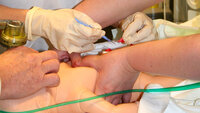Burden, coping and mental health among the next of kin of people with a substance abuse problem
It can be an enormous burden to be the next of kin of a substance abuser. Health personnel can help the next of kin to find strategies that maintain and improve their mental health.















